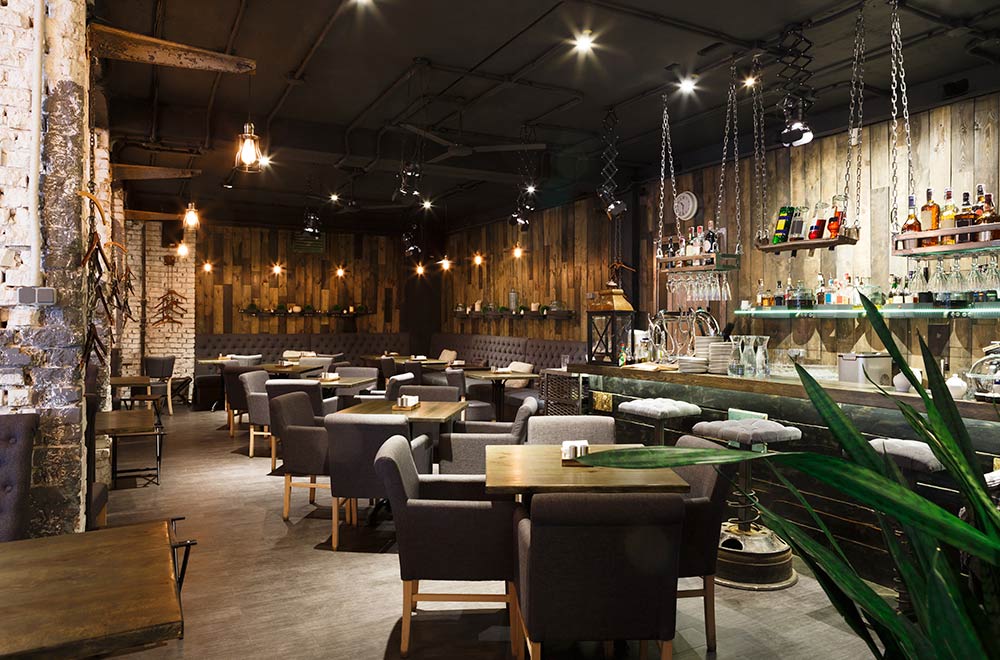Savor Genuine Oriental Cuisine With a Pan-Asian Spin for a Cooking Adventure
Getting started on a cooking journey via genuine Eastern food, improved with a Pan-Asian twist, supplies an unique chance to check out the rich tapestry of flavors that define the region's varied culinary customs. As you ponder these attracting recipes, take into consideration the cultural narratives and historical influences that form them, each bite providing a tale waiting to be uncovered. Chinese food Islamabad.

Exploring Pan-Asian Flavors
In the realm of worldwide gastronomy, Pan-Asian cuisine stands out for its exceptional diversity and the unified interaction of tastes from various Asian cultures. This culinary technique commemorates the rich customs and special components located throughout the continent, developing a tapestry of preferences that is both rewarding and intriguing. Key to Pan-Asian cuisine is its ability to balance different flavors-- pleasant, salted, spicy, and sour-- while highlighting the quality and high quality of each active ingredient.
From the umami-rich soy sauce of Japan to the intense chili peppers of Thailand, Pan-Asian cuisine provides a substantial palette of tastes. These aspects are frequently incorporated in inventive means, boosting dishes with layers of intricacy. For instance, using aromatic natural herbs such as lemongrass and cilantro, common in Vietnamese and Thai cuisine, includes a refreshing illumination to meals, while the incorporation of coconut milk delivers a luscious, abundant structure.
The focus on fresh fruit and vegetables and fragrant spices ensures that each meal is not only a banquet for the taste but likewise for the senses. Pan-Asian food welcomes diners to get started on a cooking trip, checking out the substantial and differed landscapes of Eastern gastronomy with every bite.
Blend Dishes to Attempt
While Pan-Asian cuisine is celebrated for its typical tastes, the modern-day culinary landscape is significantly accepting blend recipes that mix these traditional aspects with influences from other areas. This ingenious technique not only honors the abundant heritage of Asian cookeries yet likewise presents unique preference experiences that attract modern tastes.
An archetype of such a combination recipe is the Korean-Mexican taco, where seasoned bulgogi beef is covered in a warm tortilla, covered with kimchi and a zesty gochujang-infused salsa. This mix weds the vibrant, tasty tastes of Korea with the lively, fresh aspects of Mexican cuisine. In a similar way, sushi burritos have gained appeal, integrating the fragile virtuosity of Japanese sushi with the passionate, hand-held comfort of a burrito, commonly including blend active ingredients like tempura shrimp and avocado with a drizzle of wasabi mayo.
An additional notable meal is Thai curry ramen, which infuses the luscious, aromatic seasonings of Thai curry right into the reassuring broth of traditional Japanese ramen, producing a harmonious blend that tantalizes the detects. These combination meals prolong beyond plain uniqueness; they represent a culinary discussion in between cultures, encouraging exploration and innovation in the globe of Pan-Asian cuisine.
Essential Components and Seasonings
To really value Pan-Asian cuisine, one have to understand the necessary ingredients and seasonings that create its link structure. This varied cooking style draws from an abundant tapestry of Eastern traditions, utilizing an unified blend of textures and flavors.
Fragrant aspects are pivotal, with lemongrass, garlic, and ginger being common across various Pan-Asian dishes. These active ingredients give an aromatic base that improves the intricacy of linked here tastes. Spices such as celebrity anise, cardamom, and cinnamon present heat and character, echoing influences from areas like China and India.

Food Preparation Strategies and Tips
Grasping the art of Pan-Asian food calls for familiarity with its distinct cooking strategies, each contributing to the dynamic tapestry of tastes this cooking tradition is celebrated for. Central to these techniques is the stir-fry, a fast cooking method that preserves the dietary stability and vibrant colors of ingredients. Making use of a wok, the stir-fry approach enables also heat distribution, crucial for accomplishing the particular appearance and flavor equilibrium of Pan-Asian recipes.
One more essential technique is steaming, specifically common in Chinese cuisine. This mild technique keeps the all-natural flavors and nutrients of components, making it optimal for fish and shellfish and veggies. Dumplings, a beloved staple, frequently profit from steaming, resulting in soft, succulent structures.
Cooking, likewise indispensable, imparts great smoky midsts to recipes such as Korean bulgogi or Japanese yakitori (pan asian restaurant Islamabad). This method typically entails marinading components, allowing flavors to permeate deeply prior to food preparation over an open flame or warmer
Lastly, understanding the art of stabilizing tastes-- pleasant, sour, salty, bitter, and umami-- is crucial. Properly layering these elements can elevate a meal from average to extraordinary, using a complex and satisfying culinary experience that embodies the significance of Pan-Asian cuisine.
Dining Experiences Worldwide
Around the world, Pan-Asian food supplies an unequaled eating experience, commemorated for its abundant tapestry of tastes and vivid presentations. This culinary phenomenon has actually transcended cultural boundaries, recording the hearts and tastes buds of food enthusiasts worldwide. In cosmopolitan cities like New York, London, and Sydney, Pan-Asian dining establishments work as seafood buffet near me fusions where culinary customs from Thailand, Japan, China, and beyond assemble, supplying diners with a diverse mix of recipes that highlight the region's variety.
The international appeal of Pan-Asian cuisine hinges on its ability to use both credibility and innovation. Cooks skillfully marry traditional active ingredients such as lemongrass, soy sauce, and miso with contemporary methods, leading to dishes that are both refreshingly brand-new and acquainted. This combination allows diners to start a culinary trip that respects heritage while embracing modernity.
Moreover, dining experiences are elevated with attentively created settings that mirror the ethos of Pan-Asian aesthetic appeals. From minimalist Japanese-inspired interiors to vivid Thai-themed areas, each dining establishment supplies a distinct ambiance that enhances the cooking offerings. Therefore, clients are not merely taking in a dish however partaking in a cultural experience, making Pan-Asian dining an absolutely international phenomenon.
Conclusion
The exploration of Pan-Asian food offers a profound understanding of the complex interaction of flavors and culinary traditions across Asia. By welcoming fusion dishes such as Thai curry ramen and sushi burritos, the cooking trip not only highlights the versatility of typical active ingredients yet additionally showcases innovative modern techniques. This gastronomic experience, improved by cooking methods and crucial flavors, gives a distinct possibility to value the multiculturalism and culinary artistry that define Pan-Asian food on a worldwide scale.
Getting started on a cooking trip through genuine Eastern cuisine, improved with a Pan-Asian spin, uses an unique possibility to explore the rich tapestry of flavors that specify the area's diverse culinary customs.In the realm of global gastronomy, Pan-Asian food stands out for its impressive diversity and the unified interaction of tastes from different Eastern cultures. Secret to Pan-Asian cuisine is its ability to balance different flavors-- pleasant, salted, spicy, and sour-- while highlighting the quality and quality of each ingredient.
